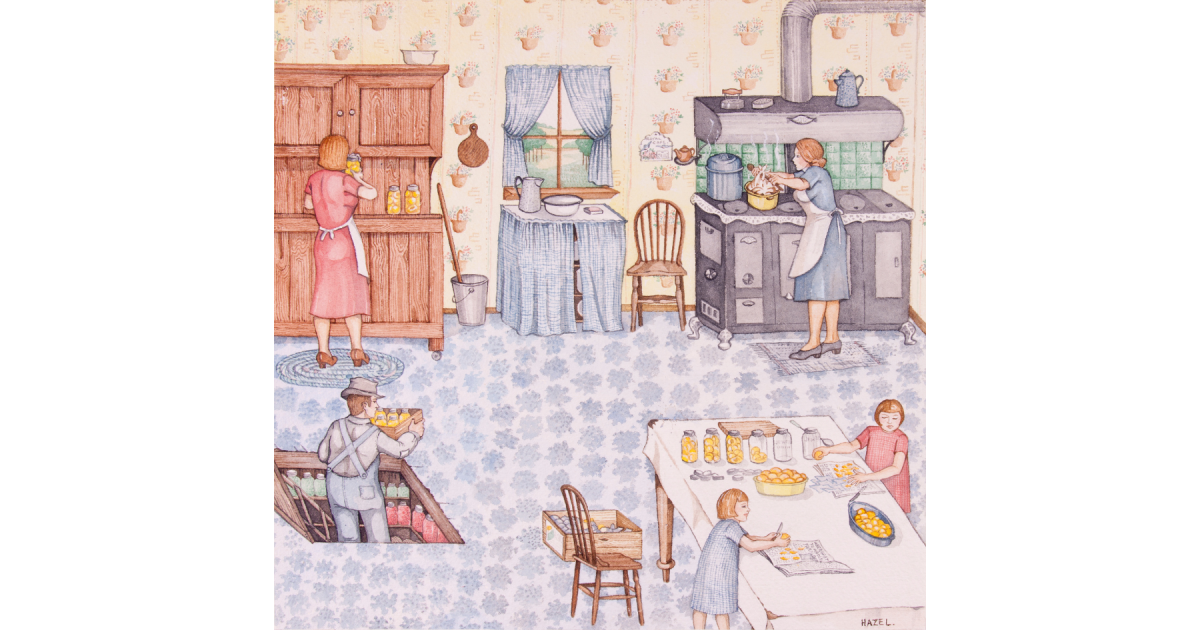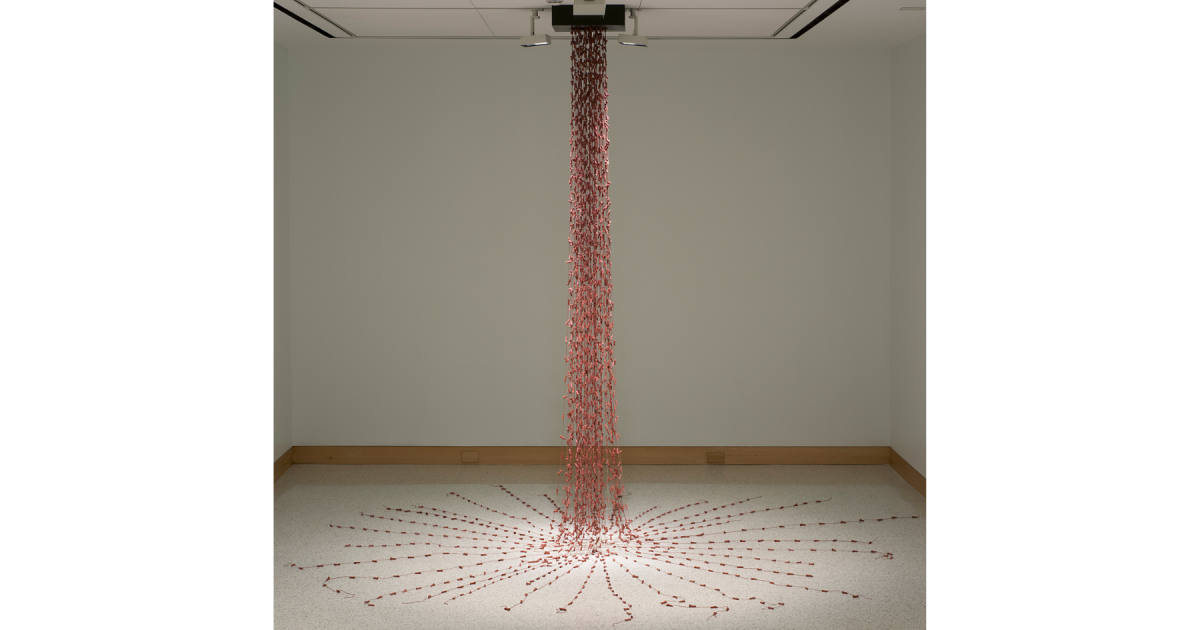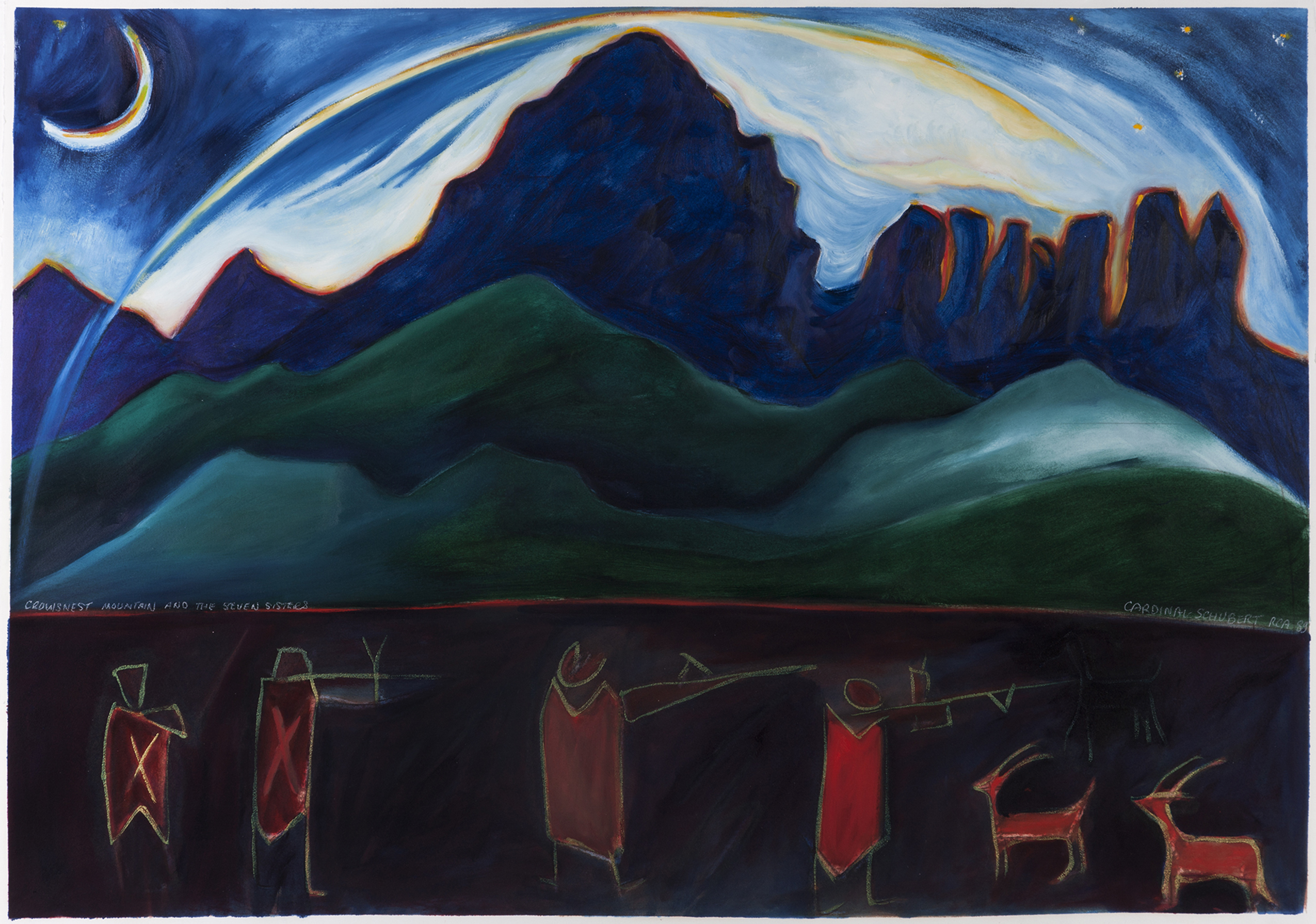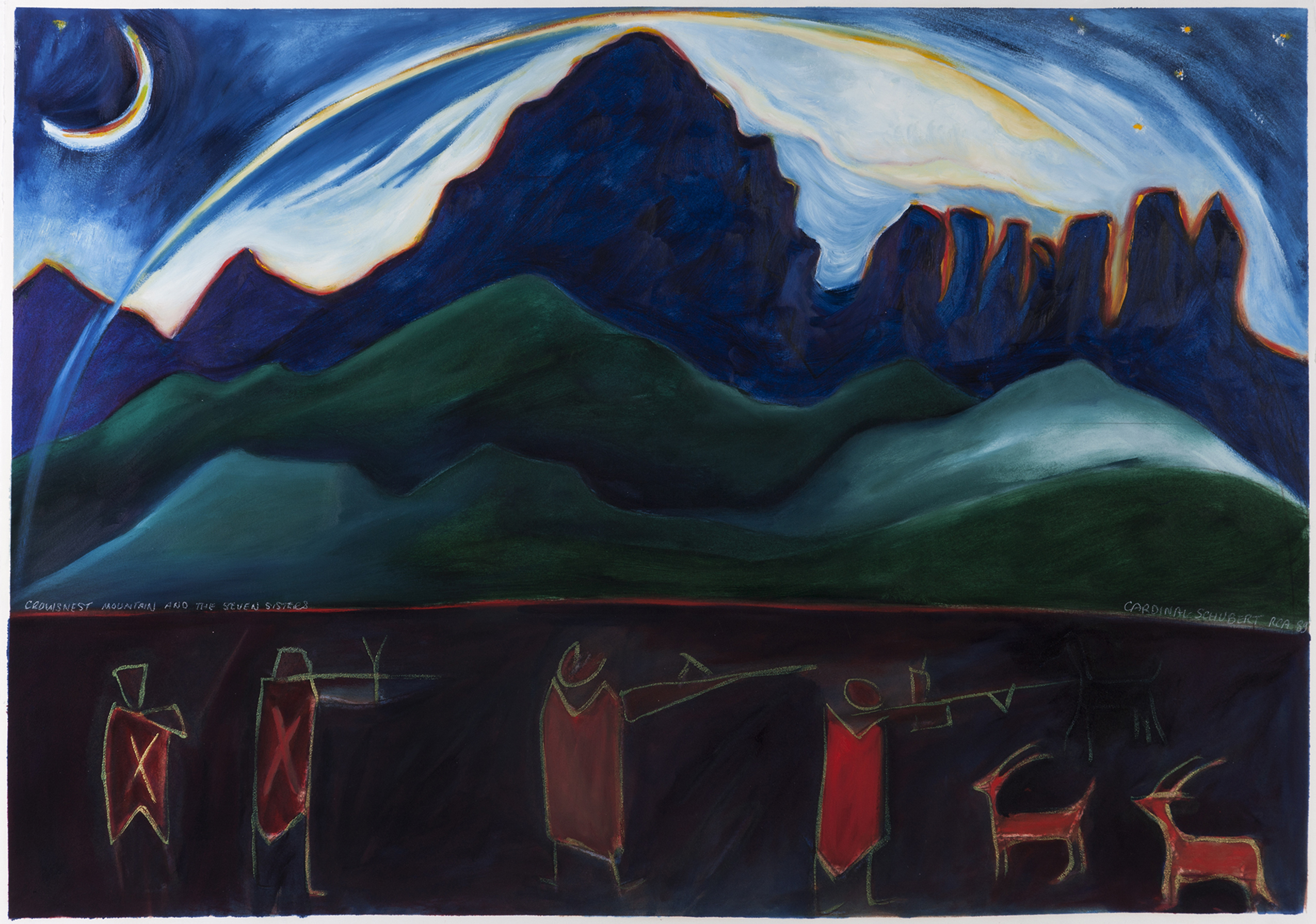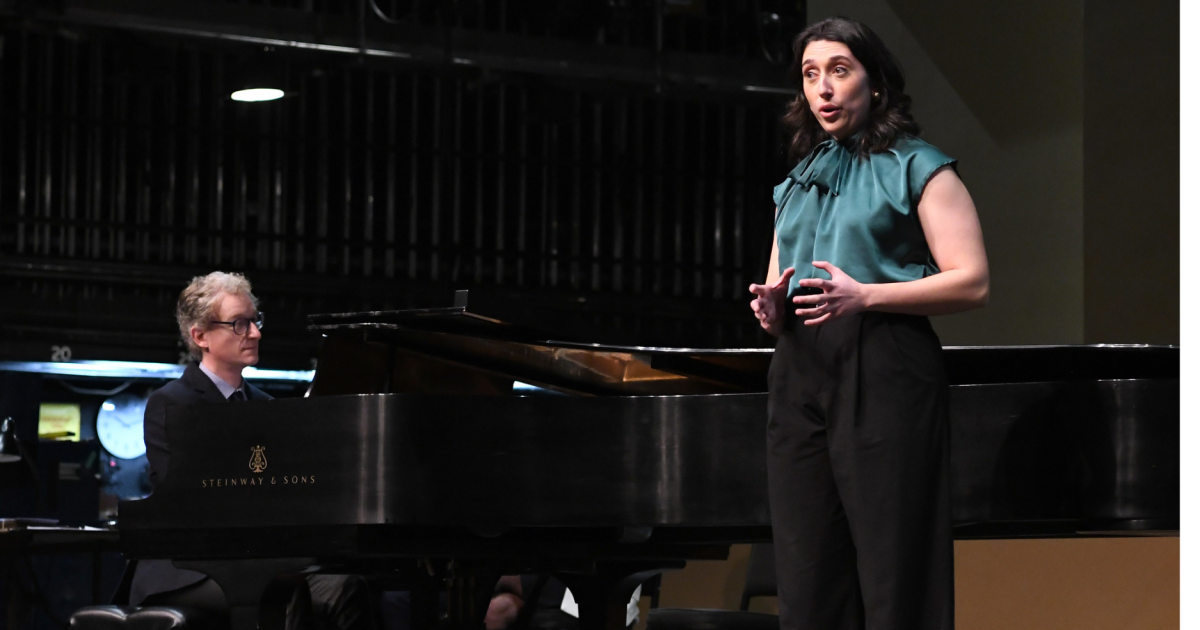AFA 2025-26 Spending Plan
A Message from AFA Chair Cynthia Moore
The Alberta Foundation for the Arts (AFA) Board of Directors is pleased to have approved its 2025-26 annual budget based on the increased provincial allocation of $34.6 million. I am pleased to share highlights of our plan with Alberta’s arts community. We are grateful for the government’s continued commitment to increase funding for the arts and its second consecutive increase of $4.5 million to the AFA in Budget 2025.
This year, the AFA will focus on increasing support for arts organizations. Total spending allocated to operational and project grants for organizations will increase by 10 per cent. At the same time, I am pleased to share that increased support for individual artists announced last year will be maintained. The AFA will be sharing information with operational clients about how their funding may be impacted through its regular grant notifications.
The AFA will begin rolling out new and updated grant programs this year based on the findings of our program review begun in 2022. This year AFA is beginning the process of modernizing its grant programs to provide more targeted and appropriate funding support to arts organizations and individual artists. While the grant review is unrelated to the AFA’s 2025-26 budget, increased funding from Alberta’s government has well-positioned the AFA to effectively update its programs to reflect today’s provincial arts sector.
We will continue to make the AFA Art Collection more accessible to more Albertans, including through additional support for the Travelling Exhibition (TREX) program. TREX providers will be curating additional AFA artworks into more exhibitions, expand their outreach and increase opportunities for new communities to book exhibitions.
I want to express our appreciation for the government’s continued commitment to increase funding for the arts with the second consecutive increase of our budget. Our commitment is to prioritize and invest in artists, art and cultural materials. This work is in line with the AFA’s 2024-2027 Strategic Plan, which is available to read in both English and French on our website.
We look forward to continuing to support and contribute to the growth of Alberta’s arts sector.
Cynthia P. Moore, Chair
Contact the Chair at afacontact@gov.ab.ca
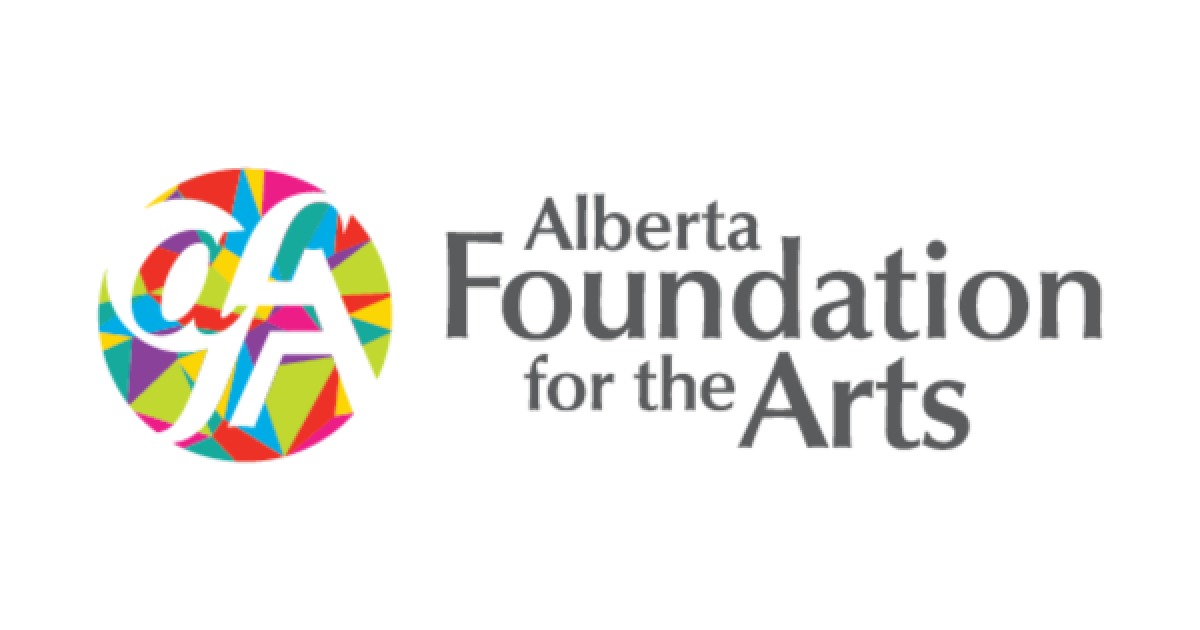
The AFA Board of Directors has approved its 2025-26 annual budget based on the increased provincial allocation of $34.6 million.
The AFA Board of Directors has approved its 2025-26 annual budget based on the increased provincial allocation of $34.6 million.
The AFA Board of Directors has approved its 2025-26 annual budget based on the increased provincial allocation of $34.6 million.



